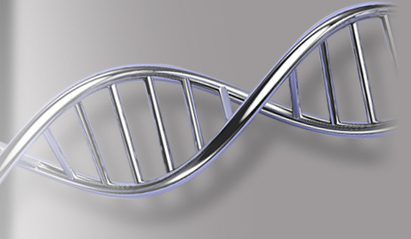Pathology
You are here
The growth of molecular pathology as a discipline has accelerated dramatically since the introduction of Sanger sequencing in the late 1970’s, followed by the technological advances culminating today in what is termed Next-Generation Sequencing. Whether the actual application is in plant, animal, or human disease, or the focus is on a virological, microbiological, or mutational causation, sequencing is a powerful and discriminating tool which can provide essential insights.
Sequencher has a long track record of providing tools which are powerful and easy to use. The focus is front and center on the science with innovative ways to make your workflow less work and more flow.
Quality control is the important first step, whatever your sequencing platform. Use FastQC for NGS data and produce reports that can be used to monitor quality over time. Trim your Sanger data using our unique Trim Phases or just maintain a library of the criteria you use most often.
Sequencher includes alignment and assembly algorithms for both Sanger and NGS data, whether you are working with de novo data or have a reference in hand. If you are working with Sanger data and have to deal with multiple samples from different sources, Assemble by Name is like multiplexing your assemblies using information in the read names. On the NGS side, MultiplexID is available with all Sequencher’s NGS algorithms (BWA-MEM, GSNAP, and Velvet).
Subtractive assembly is a method of identifying the components in a mixture of reads. With Sanger sequencing, it’s easier because you can see which reads did not assemble to your reference for example or which contigs remained separate. Next, confirm the novelty of your findings using BLAST in Sequencher Connections. However, it’s not so easy with NGS. Until now. Using our easy-to-use GUIs, you can opt to save any reads that did not align to your initial reference sequence for subsequent rounds of alignment with other references. The final step is to run a de novo assembly. The consensus sequences can be identified using BLAST in Sequencher Connections.
Variant calling is also offered for both Sanger and NGS data. On the Sanger side, the Variance Table is a unique way of exploring your data, comparing variants to known annotations, and producing detailed reports. Variant calling is available for NGS too. The workflow produces a VCF file which you can use with your favorite genome browser.
Studying the transcriptome in normal and malignant tissues can often dictate the course of treatment. So you won’t be surprised to learn that differential expression using the Cufflinks suite is a part of Sequencher. As we learn more about the diseases that assail ourselves, our companion animals or food sources, studying the transcriptome will also help to dictate the best way forward. Both microarray and NGS analysis are used in an attempt to identify the key genes involved in disease or response to stimuli. The expression profiles of those genes can then be used as predictors of outcome. CodeLinker, with its unique algorithms, can be used with microarray data or RNA-Seq data analyzed using the Cufflinks suite from Sequencher. All the tools you would expect, such as PCA and clustering, and SOMs are there. There are also a few you wouldn't expect such as SubLinear Association Mining or Integrated Bayesian Inference System which are advanced methods for association or data-mining your expression results. These features will enable you to find the patterns and associations in your data that you are looking for or perhaps didn't even know were there.


